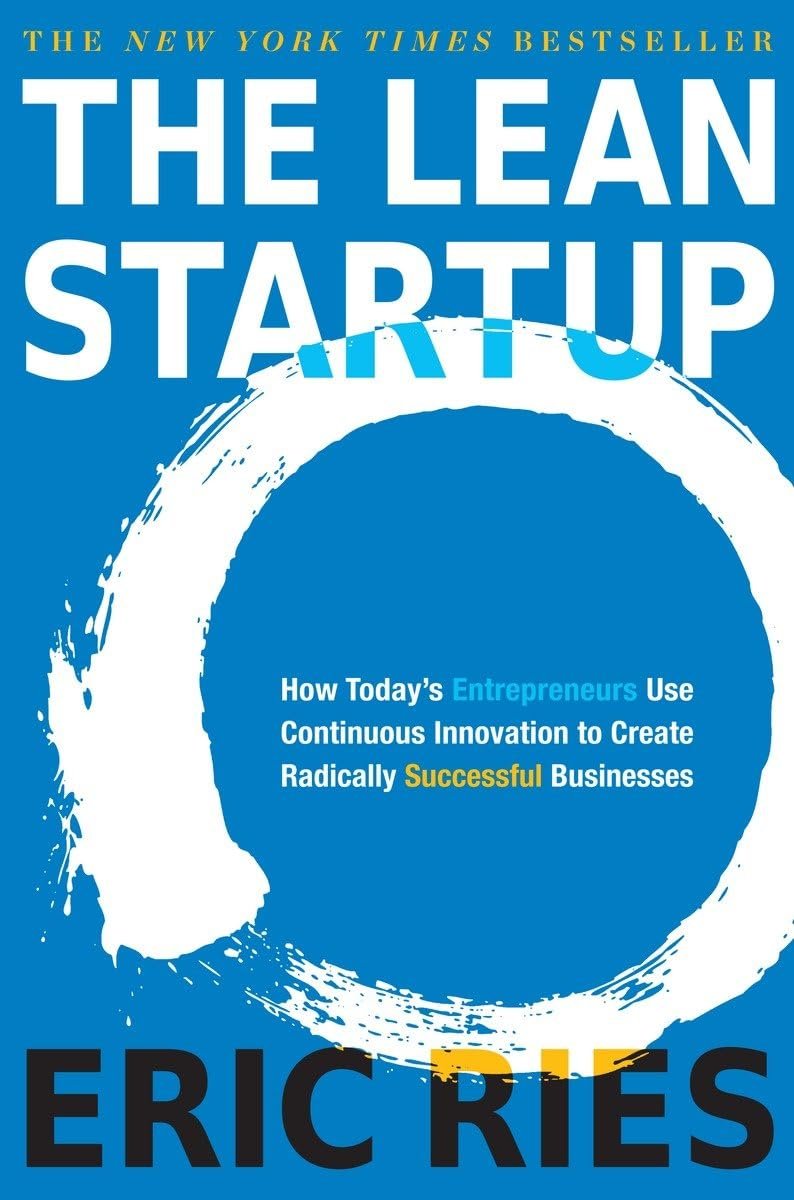What I’m Reading Now! #1
Hello everyone! I hope you’re all doing well. I’ve been reflecting on what content to share next on my blog, so I’ve decided to create a new series that will capture my reading journey. I’m calling it “What I’m Reading Now!”
This page contains Amazon affiliate links. If you purchase by navigating to Amazon through the links, I may earn some commissions.
Purpose:
In this series, I’ll share my thoughts on the books I’m currently reading, the ideas I’m gaining, and whether I’d recommend them to you. Each entry will include my current thoughts, key takeaways, and any challenges I encounter along the way. Nothing ever has benefitted me more than reading. I have started taking certain actions after I began reading passionately. You may get some idea of the book from the available content on the internet, but you will never fully grasp the ideas of the book just by watching a video about it or reading a summary with a rating of 4.9/5. I hope this series may ignite a reading passion in your mind and help you decide to read a book. I’d love to hear your thoughts on the books I discuss or any recommendations you have for my reading list!
What I'm Reading Now: "THE LEAN STARTUP by ERIC RIES"
The Lean Startup
Much like the careful balance of ecosystems, The Lean Startup reveals how success in business hinges not on grand, untested ideas, but on the relentless cycle of experimentation, feedback, and adaptation. With clarity and precision, it invites entrepreneurs to build with intention, test their assumptions, and pivot with purpose. In a world of uncertainty, this approach offers a roadmap for creating sustainable, adaptable companies, where every failure is a lesson and every success is earned through thoughtful iteration.
URL: https://amzn.to/3AwB6Dt
Author: Eric Ries
“I was just surfing through the internet to start doing something online specifically a business. I saw a video of Khalid Farhan about how to generate business ideas in Bangladesh. There, he recommended this book called “THE LEAN STARTUP.” And then I bought a paperback copy of this book for just $2 in Bangladesh. It has been 3 weeks since I started reading this book. I am on the 100th page yet. I was too busy in the recent few weeks so I couldn’t catchup with my goals.
This book is all about how to build and grow a successful startup efficiently. As I know very much less about the entrepreneurial world, the entrepreneurial language seems quite tough for me to understand so it may not be the same for you too.
So, what I’ve learnt so far is the core process of the lean startup methodology. The lean startup methodology begins with creating a Minimum Viable Product (MVP), which is a basic version of a product including just enough features to attract the early adopters. The customers of the MVP will face bugs or compatibility issues which they don’t want. This will create a scope for the startup company to get feedbacks and see if the customers are interested on the product. Think about yourself! Why would you give feedbacks on a new product? It’s because you probably liked the idea of the product but you want some other features included on the product. The Startup team will then work on the feedbacks they receive from their customers. The feedback data will help them to understand user behavior and preferences. Eventually, they can navigate to work on what should be improved or changed through their analysis of the feedback data. Repetition of this cycle will allow for continuous refinement of the product. Eric Ries calls it the BUILD-MEASURE-LEARN loop.
The primary goal of a startup is to learn what customers really want. Validated Learning is another topic emphasized in this book. The startups should focus on validated learning instead of assuming what the customers need. It is a way for startups to test their ideas to see if they really meet customer needs. Instead of guessing what customers want or need, they build these MVP’s and gather real-time feedbacks from the customers. By measuring how people respond and what they actually do, startups can learn what works and what doesn’t. This helps them make better decisions about what to keep, change, or improve, ultimately leading to a product that’s more likely to succeed.
There’s always a probability of not harvesting expected results with a particular MVP. Based on the insights gathered during the Build-Measure-Learn loop, startups face a critical decision: pivot or persevere.
Pivoting means making a fundamental change to the product or business model based on feedback. This might involve targeting a different customer segment or altering the product’s core features. Persevering means continuing on the current path, usually because the data suggests that the product has potential.
And that’s what I have learned from this book so far. I’m not feeling really excited about starting a business or anything like that, but I do have ideas that I can implement in the future. I didn’t stress too much on the parts I couldn’t fully grasp because my brain takes time to process all the ideas in a book, but I still learned a lot of things I didn’t know before. I’d recommend this book to anyone who has a passion for learning, who wants to do something that may or may not yield short-term gains, or anyone who claims to be, or aspires to be, an entrepreneur.
I will post a complete review in this book once I finish it. If you like this article let me know in the comments section and feel free to share your thoughts, recommendations, or suggestions!
Thank you!






